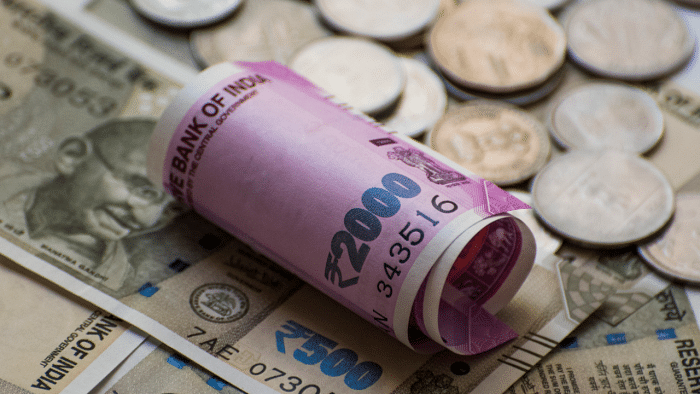
In the Economic Survey, the chapter on prices and inflation is referred to as a “tight-rope walk.” Among the formidable challenges faced, one relates to the Reserve Bank of India’s (RBI’s) efforts to stabilise the economy in the face of high inflation rates and currency depreciation, albeit without compromising growth. While the verdict on success is still awaited, the Ministry of Finance has commended the RBI’s efforts to tame inflation.
The Monetary Policy Committee (MPC) provides suggestions on policy tools to restrict inflation in the range of 2% to 6%. Inflation in India since January 2022 has breached the upper limit, forcing the MPC to take a few desperate measures. Its panic response was to recommend an ongoing increase in policy rates. Inflation, however, remained high for three consecutive quarters. The rate of increase in the price levels tapered off only in November 2022.
The questions here are about the appropriateness of the efforts of the MPC to increase the policy rate by 225 basis points between May and December 2022 and, further, whether this has helped in the mitigation of inflationary pressures in the Indian economy. Has this approach been successful in arresting currency depreciation? And how has this persistent rise in policy rates affected production in the economy?
An increase in policy rates leads to a rise in deposit and lending rates. Higher interest rates on deposits are expected to disincentivise spending, thereby reducing demand and mitigating price levels. For the policy to be effective, demand for commodities should be interest rate-sensitive. However, a closer look at the composition of the Consumer Price Index (CPI) provides a telling story.
The CPI-based inflation between March and October 2022 was primarily driven by food articles, clothing and footwear, fuel, and lighting. Cereals, fuel and light prices have risen by more than 10% in recent months, while clothing and footwear prices have risen by 9.75% year on year. Inflation in prices for oil and fats was also a major contributor to inflation until May 2022; however, these prices declined in the subsequent periods.
As the prices have tapered subsequently, can one say that the MPC’s strategy was successful? It is clear from the composition of the CPI that interest rate increases would have had little effect on demand for the constituent commodities. The Economic Survey has rightly attributed these price rises to supply-side factors.
The survey attributes the rise in prices for cereals and spices to supply shortages, while a rise in the price of milk products may be explained by a rise in input costs. Inflation in fuel and lighting seems to have been caused by global supply-chain disruptions emanating from the hangover of pandemic-induced lockdowns and the subsequent Russia-Ukraine conflict. Then what is the logic behind the effectiveness and success of MPC interventions?
Fiscal measures such as duty reductions on petroleum products and edible oils, the creation of disincentives for exporting wheat and rice, either through prohibition or through duties, the rationalisation of import duties, cess, and tariffs on pulses and edible oils, and the maintenance of buffer stocks of key agricultural commodities appear to have played an important role in moderating inflation. This further casts doubt on the efficacy of MPC measures in mitigating inflationary pressures.
To correct the fall of the Indian rupee, the MPC’s strategy to increase policy rates in India was aimed at restricting capital outflow and arresting the rupee depreciation, which had plummeted from Rs 74.29 against the US dollar to Rs 82.61—a whopping 11% decline. The depreciation of the INR has also failed to stimulate exports. Import bills have exceeded export receipts, thereby increasing the current account deficit.
Finally, production in the economy seems to have suffered as lending rates have witnessed an asymmetric rise. The year-on-year growth in the Index of Industrial Production (IIP) has been subdued due to the double whammy caused by the global supply shocks and the increased cost of borrowing.
The MPC has once again recommended an increase in rates, this time by 25 basis points, which may curb production activities. It must realise that the inflationary pressures in India are driven by supply constraints and that jacking up policy rates could lead to recessionary pressures without mitigating inflation, the likes of which are being witnessed in some of the developed countries.
(Dhume is professor,
Economics at the Prin. L. N.
Welingkar Institute of Management Development and Research, Bengaluru, and Deshpande is the former director of ISEC, Bengaluru)